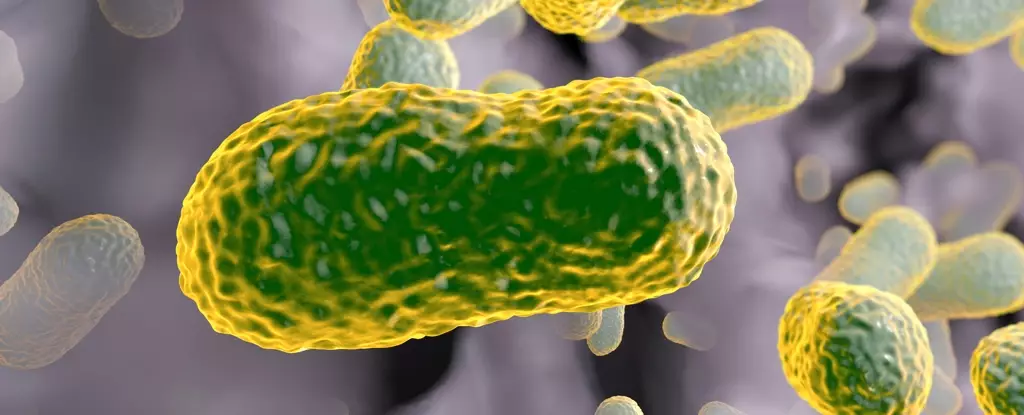In an era where antibiotic resistance looms ominously over public health, a forgotten antibiotic from the 1940s is being re-evaluated for its potential to address the menace of drug-resistant bacteria. As the global medical community contends with a rising tide of superbugs that render many contemporary antibiotics ineffective, a renewed interest in the compounds developed during the early days of antibiotic research is surfacing. This article delves into the journey of streptothricin, its revival as nourseothricin, and the implications for modern medicine.
The Golden Age of Antibiotics: A Brief Historical Overview
The mid-20th century witnessed a remarkable breakthrough with the discovery of antibiotics. During this ‘golden age’, scientists synthesized numerous antibiotic compounds from natural sources, revolutionizing the treatment of infectious diseases. Among these, streptothricin emerged as a promising candidate, particularly noted for its capability to target gram-negative bacteria. These bacteria, which are notoriously challenging to treat due to their resilient outer membrane, have become a focal point in the fight against antibiotic-resistant infections. However, streptothricin’s development stalled due to concerns regarding its toxicity, especially to human kidneys, leading to its abandonment.
Fast forward to the present day, and the situation has escalated alarmingly. The World Health Organization (WHO) identified a list of critical pathogens that pose severe health risks, predominant among them being drug-resistant gram-negative bacteria. With many existing antibiotics proving ineffective against these superbugs, there is an urgent need to ramp up research into alternative treatments. Within this context, the revival of streptothricin, now being researched as nourseothricin, appears timely and revolutionary.
Pathologist James Kirby and his team have taken up the mantle of investigating nourseothricin, delving into its efficacy against multidrug-resistant pathogens. The intriguing aspect of this research is not merely the rediscovery of a forgotten antibiotic but the understanding that it consists of various components, namely streptothricin F (S-F) and streptothricin D (S-D). Significantly, S-F has demonstrated the capacity to kill resistant gram-negative bacteria while exhibiting minimal toxicity to kidney cells, a major hurdle in the original research. This discovery has opened avenues for developing a new generation of antibiotic therapies that could circumvent the limitations faced by current medications.
Mechanisms of Action: A New Understanding of Antibiotic Efficiency
Part of the excitement surrounding the revival of nourseothricin pertains to its unique mechanism of action. While many antibiotics typically target specific structures of bacteria, such as cell walls, streptothricin appears to disrupt the protein synthesis machinery of gram-negative bacteria in a manner distinct from existing medicines. This difference could prove pivotal in crafting effective treatment strategies, as understanding the precise binding and action of S-F could lead to the development of entirely new classes of antibiotics. Moreover, exploring modifications to enhance its potency further reinforces this antibiotic’s potential as a frontline defender against superbugs.
The re-examination of nourseothricin marks an important moment in the ongoing battle against antibiotic resistance. It exemplifies how historical scientific advancements can be harnessed to confront contemporary challenges. As Kirby emphasizes, the need to revisit and explore previously overlooked compounds is paramount in the escalating war against multi-drug resistant bacteria. Collaboration between researchers, pharmaceutical companies, and public health organizations will be crucial to realize the full therapeutic potential of these revived antibiotics, ensuring that they do not remain dormant in scientific literature once again.
The journey of streptothricin to nourseothricin highlights a crucial intersection of history, science, and urgent health needs. By breathing new life into forgotten antibiotics, we may find innovative solutions that could redefine our arsenal against some of the most formidable biomedical challenges of our time. The fight against superbugs is far from over, and the rediscovery of compounds like nourseothricin represents a vital step toward negotiating a safer future in infectious disease management.

